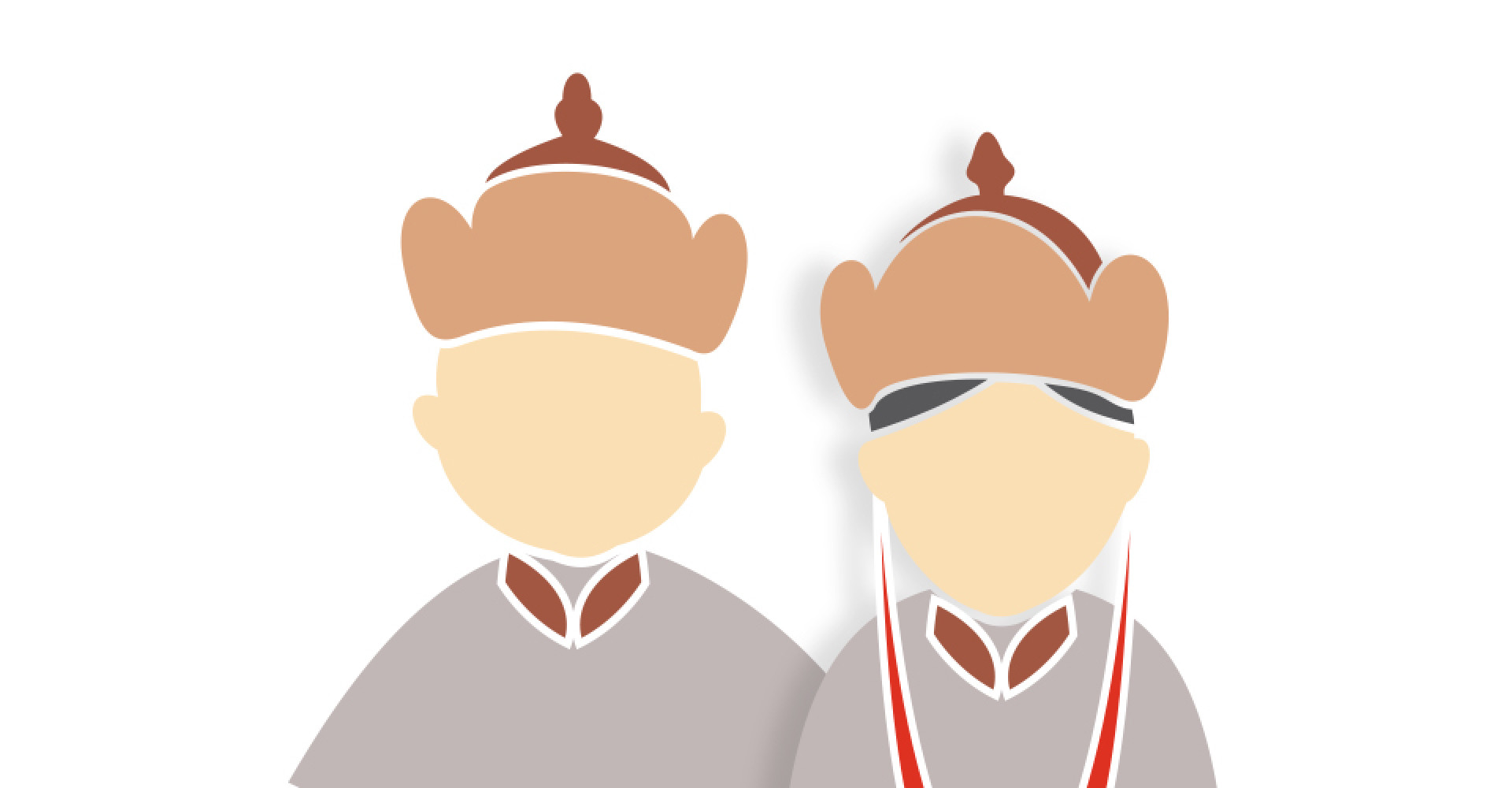The group of people who are herding their reindeers for any season are called Tsaatan. Tsaatans are Mongolian forest cultured Uriankhai ethnic of the Uigur origin. The origin of the Tsaatan ethnic is Uigurs and Tsaatans built the tradition living with the livestock for many generations. Uigur or Tsaatan people are now keeping the tradition of the Mongolian Uigur Kingdom. The crave that people riding reindeers and looking after was founded from Sagil soum of Uvs province in 1968. This was the fact that Mongolians have ridden and used reindeer for their lives. They have their own language, rituals, religions and a way to live. They are speaking in Uigur. In the forest, they communicate each other in Uigur. By 2015, there are 541 Tsaatan people in Mongolia.
What Tsaatans have preserving for many years is their house called “Ouke”. It is a convention how or where ouke is built. Wet black trees are used for it. The big black free is for its main pole. A house is generally made of the tree and cover, which has been leather, skin or canvas since the 19th century, researchers believe. Tsaatans live in a house, 3-4 meter long and made of 28-32, if big, or 17-23, if short, woods in a harsh weather condition from minus 31 to minus 53 Celcius degree. Before 1970, they used reindeer skins or barks of tree for the cover. 65-75 meter singe canvas is usually used for each house. The things in a house and its settings can express their culture and religion. What express their specialty and society is undoubtedly related to the reindeer. Their main farm is hunting and they are looking after their reindeers on the top of the mountains.
A Tsaatan deel has a reactangular slope and an upper fringe. Men’s deel has no khirvee but a fringe with the skin. The skirt is circulated by 2-3 centimeter khilen or black lamb skin. The women above 15 aged have a deel with a khoshlon on the skirt and a long black or multiple colored fringe from the ankle to the knee. After she marrying, there is no khoshlon on it. The black lamb skin is attached from the deel sleeves. The style of children is hardly different from the adults’. The woman’s celebrating deel has a khirves fringe while a casual deel has not. The deel for hunting is much shorter, which helps move free. For the celebration, men are wearing a deel with the big and small knives with wooden ger, suede leather tobacco pocket, khasuurga and wooden tobacco pipe. For a long time ago, women wear bracelets and belt with coral, leather, silver coin decorations which had 9 centimeter long and 2 centimeter wooden ger and many kinds of ribbons.




